Students who want to know how to improve LSAT scores must practise the previous year’s question papers, must understand their LSAT proficiency and must be aware about the structure and the exam pattern well. It is advised to start by going through the syllabus first.
Table of Contents
How to Improve LSAT Score: The most crucial tactic to increase the LSAT score is to become a better reader. Discover how to go faster without losing knowledge and accuracy.
Pre-phrasing is also essential for students to raise their score on each LSAT section by making well-informed predictions before seeing the answer options.
One of the most effective ways to improve the LSAT score is using the LSAT PowerScore bible for each category. Practising questions from the LR section can help candidates get oriented with the questions asked in the LSAT exam.
How to Improve LSAT Score? Check Top 9 Ways to Improve LSAT Score
A good LSAT score will determine a student's admission to some of the best law schools. A score of 160 and above will ensure that candidates get a good percentile in the exam.
LSAT score are also used to determine whether candidates shall receive financial aid from the school of their choice.
The top 9 ways to improve the LSAT score have been listed below:
1. Take a Practice Exam Test Cold
Candidates who want to appear for LSAT tests can check their caliber and knowledge by taking an LSAT test cold. This strategy has been listed below:
- Candidates must first take a practice exam test.
- Aspirants must take the test in the allotted time.
- This will help them analyze their results analytically and understand how long it takes them to answer each section.
- It will also help them determine their LSAT proficiency.
- Candidates will also be able to prepare a strategy based on the marks they scored.
- The practice test will help candidates to identify their core strengths and weaknesses.
- This method allows candidates to review their weaknesses and practice more for those sections.
Also Read: What is a Good LSAT Score 2024?
2. Blind Review Strategy
The blind review strategy helps candidates identify where they make a mistake in a question and how they can correct it. The Blind review strategy has been listed below:
- In this strategy, candidates must not check their test results after answering an LSAT question paper.
- This strategy works only when the candidates take the same test again, but this time, they can choose another answer if they feel that this question could have a different result.
- After answering the same test the second time, candidates must review the answers to their questions and evaluate each answer sheet separately.
- The first test score shall show the areas a candidate struggles with to answer, while the second test score will show what to look for if one gets stuck on a question.
3. Understanding the LSAT Paper
- Candidates must understand the type of questions asked in the LSAT paper.
- The paper’s exam pattern will help students learn about the topics covered in the test and the weightage of each question.
- Candidates should practise logical reasoning questions to get the foundation for the exam.
- This will also help students understand the principles of the question paper by consistently practising protests.
4. Understanding the Logical Principals in LSAT
Understanding the logical principles that govern the LSAT question paper have been listed below:
- Missing Assumption: An argument that excludes an important premise or makes an unwarranted assumption.
- Conditional Reasoning: An argument that uses “if/then” statements or involves the use of “sufficient” and “necessary” conditions.
- Overgeneralization: An argument that expresses an overly broad conclusion based on a single example or is not warranted by the evidence.
- Correlation vs Cause-and-Effect: An argument that supposes that, because two things occur in conjunction with one another, one is the cause of the other.
- Negative Proof Fallacy: An argument that assumes something is false because it has not been proven true or because no evidence supports it.
5. Logical Reasoning Techniques
The LSAT’s logical reasoning section demands that candidates identify an argument’s components. The components of an argument are - Premise, inference, and Conclusion. Candidates must try to identify each of these parts to find the correct answer.
Students wanting to know more about how to improve their logical reasoning skills can check out the LSAT Logical reasoning techniques listed below:
- Read the question carefully: Candidates need to read the logical reasoning questions properly to identify the information that is relevant to the question.
Reading the question carefully will help students avoid unnecessary mistakes and waste time on irrelevant information. - Missing Evidence in Questions: Candidates must be careful regarding the assumptions they create while answering the questions. This may mislead them into answering the questions incorrectly.
- Using Official LSAT PrepTests: Practising test papers allows candidates to identify their weak sections and helps them understand the question paper’s exam pattern.
Reviewing the solved questions will also help candidates improve their scores by identifying their mistakes and correcting them for the LSAT test. - LSAT Logical Reasoning Time Management: Taking timed tests is extremely beneficial for candidates, as this helps them get a clear picture of the number of questions they can answer during the period.
- Process of Elimination: Candidates can use this method when in a predicament. This method will allow them to eliminate the incorrect options.
- 30-60 Rule: This rule is extremely beneficial for students to solve logical reasoning questions. According to this method, candidates must read the question carefully in 30 seconds to understand the type of question.
- The candidate must use the next 60 seconds to sieve the relevant information from the question and be able to solve it. This technique helps students use their time efficiently.
Also Check: How to Prepare for LSAT Writing Topics?
6. Reading Comprehension Techniques
Some of the techniques candidates can use to improve their scores in reading comprehension are listed below:
- Recall Ability: Recalling the information in the passage will help the candidate answer the questions correctly.
- Set up Guide Posts: Questions asked in the reading comprehension section can be answered efficiently if candidates underline key information in the passage.
This will help candidates understand the topic's main idea and help them draw inferences based on the information provided. - Highlighting: Marking up important lines will help candidates return to the passage's key lines quickly.
- Practise Writing: Candidates can answer the reading comprehension section of the LSAT by writing down the important points of any passage.
This will help them familiarise themselves with any given passage and help them draw inferences effectively. - Reading: Candidates must read novels, newspapers, and short stories to increase their reading speed without compromising on the key points of the passage.
This technique will help them to score well in the reading comprehension section of the LSAT.
7. Practise with LSAT Exam Papers
One of the time-old strategies candidates use to prepare for any competitive exam is answering the previous year's question papers. The reasons a candidate must practise LSAT papers have been given in the table below:
- It will help candidates become familiar with the questions asked in the LSAT paper.
- This will help them identify the weightage of each question.
- Candidates can also identify which questions are asked more in an examination.
- Students can familiarise themselves with logical principles that appear on the LSAT.
- Candidates should take the exam in test-like conditions.
- Timing yourself accurately for each section will help candidates to finish answering the questions on time.
- Candidates must try to take the exam in the same environmental settings as the original day.
- Candidates can answer the LSAT paper in the library or an empty classroom.
- Candidates must answer the question paper attentively as the score will reflect how one performs on the test day.
Also Read: LSAT India vs LSAT Abroad
8. Using Flashcards
Flashcards help revise important topics and recall important details from the topic. Topics-based vocabulary and logical indicator words are easily covered by this method.
- Use flashcards to engage in answering application-based questions.
- Candidates must practise making their flashcards.
- Manually writing one's flashcard might seem like a repetitive process. However, this process will help students make flashcards that benefit their understanding.
- Adding pictures to flashcards will be more beneficial for learning concepts better.
9. Using Logic Games
Logic games are considered some of the toughest sections of the exam. Practising questions from this section will be beneficial for students to score better than the rest. Candidates must learn to identify patterns and structure of the games.
- Type of Game: Candidates in the LSAT Paper will ask several types of game questions. Examples of types of games include sequencing games, selection games, and matching games.
- Using Diagrams: With the help of diagrams, candidates can get a basic idea by setting up the logic game question asked.
For example, a question asks to arrange the row of candidates based on their jobs and preference of colour; then, by drawing a table, one can easily understand and answer the question. - Identify the Variables: Candidates must look for a pattern or common link in their questions. Variables in a logic game question could be the days of the week and the gender of a group of students working on a project.
Writing them will help ease the process of solving the question.
Also Check: How to Improve LSAT Logical Reasoning?






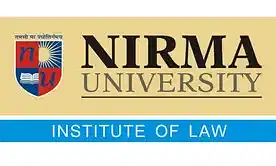














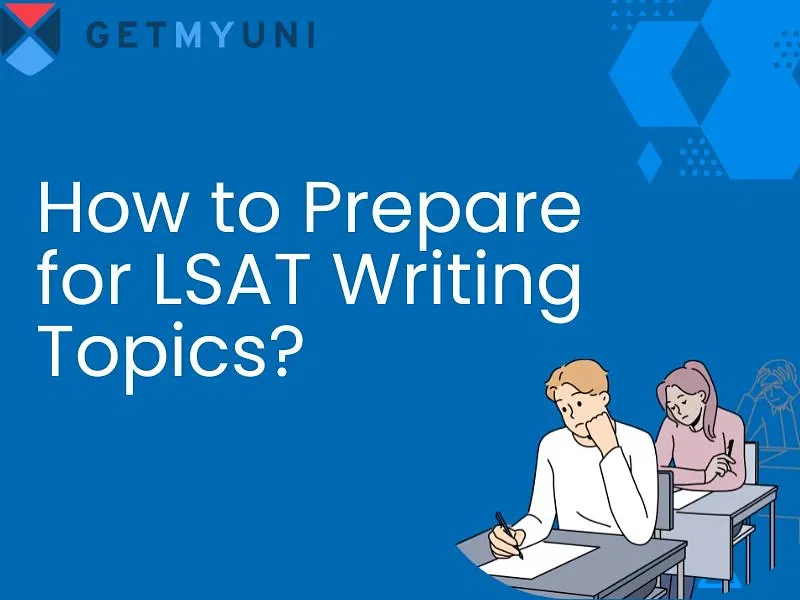
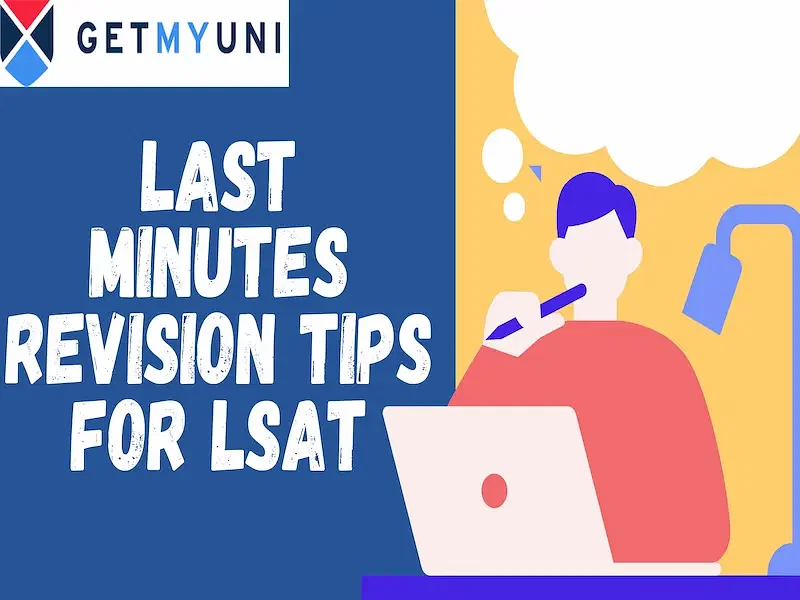

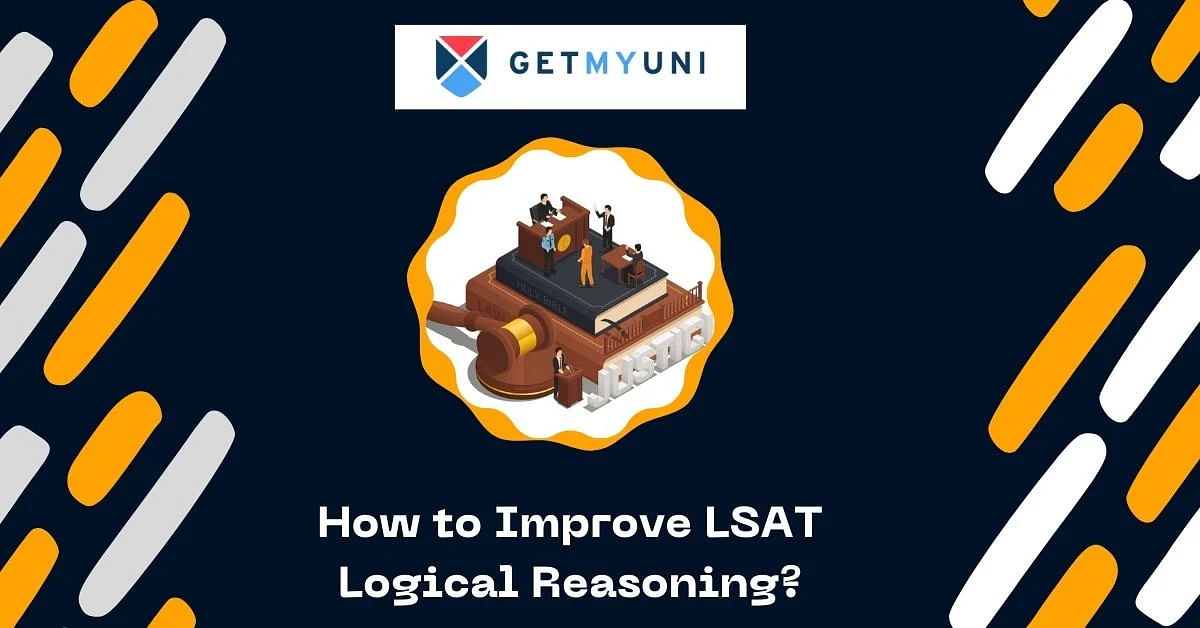
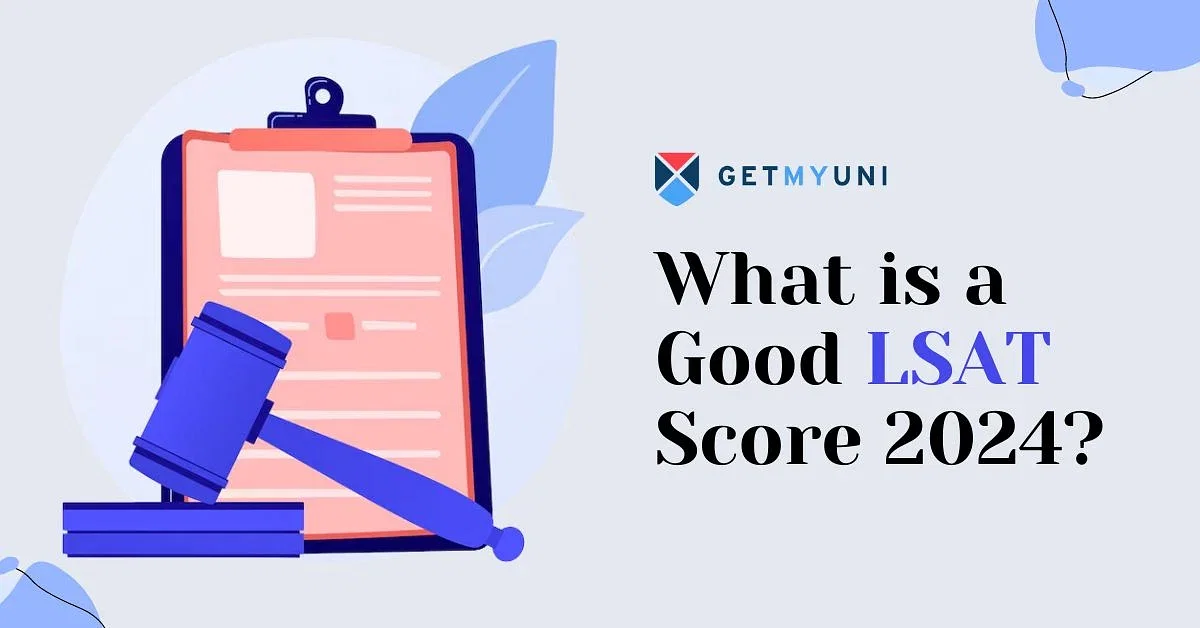


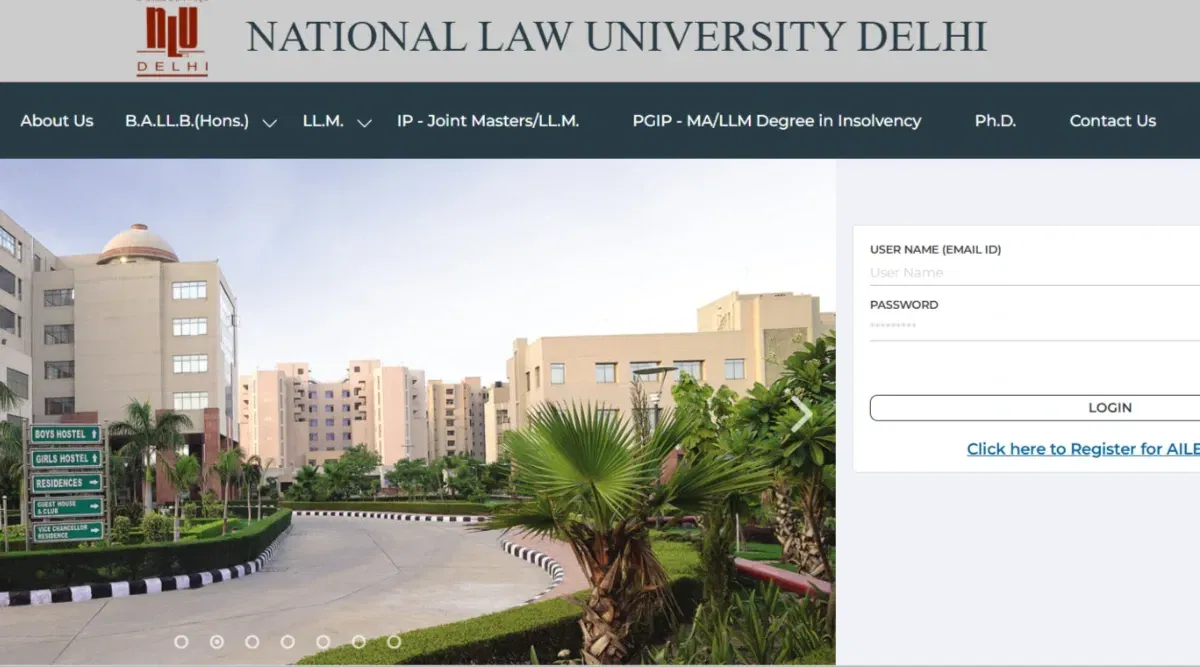




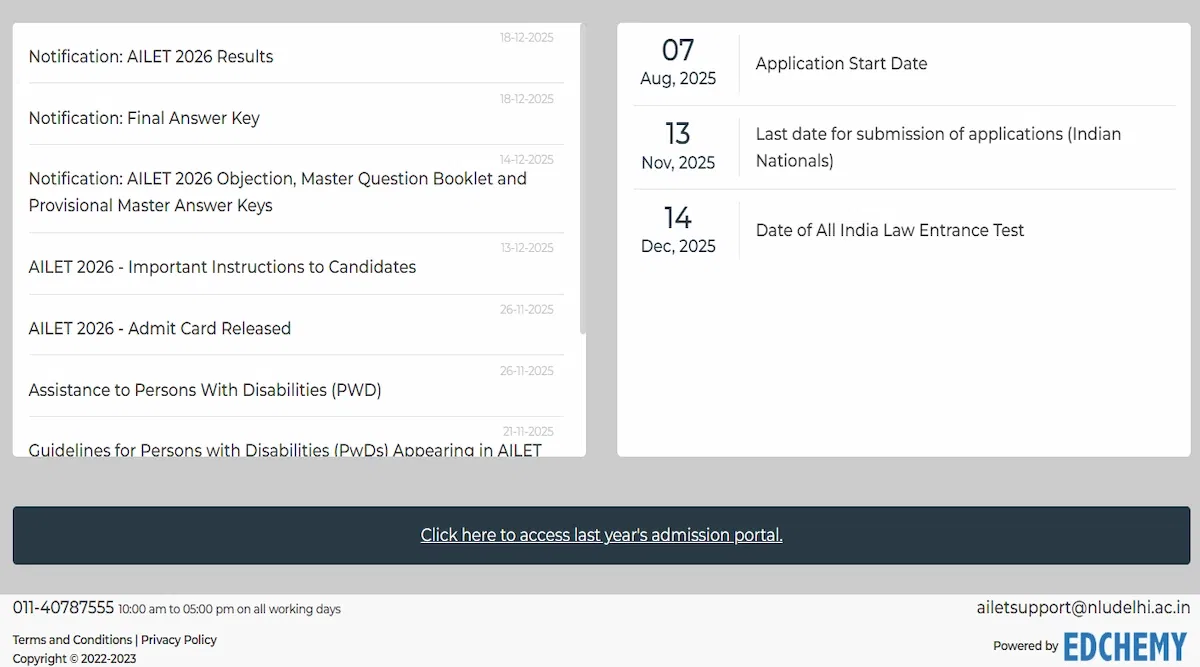

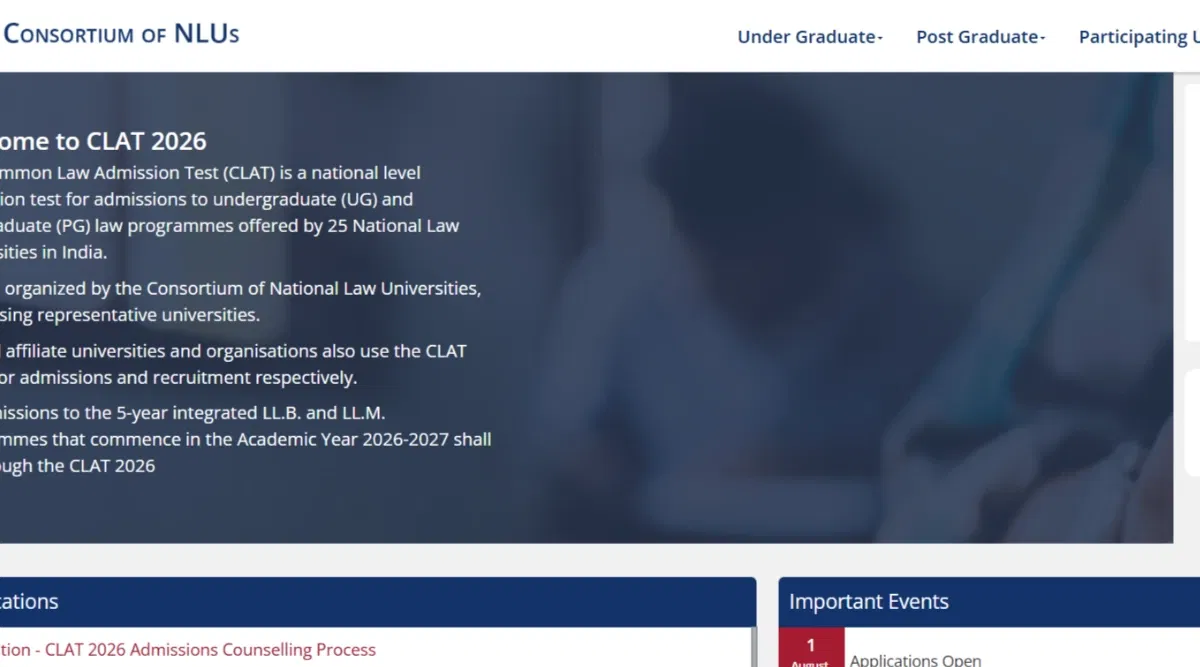

POST YOUR COMMENT